
To get a true picture of smart fabrics, imagine that tomorrow morning when you wake up, as soon as you put on your clothes, your health control medical clinic will call you.
“Hello, please be more relaxed today and drink more water. The invitations sent by your clothes have predicted the possibility of your blood pressure rising…”
This is the future scenario of clothes made with smart fabrics. A new generation of fabrics that, in addition to beauty and comfort, also have amazing uses. Soon, clothes made from these smart fabrics will track a person’s health and help with medical care. According to researchers, the day will come when you will not choose clothes just because of their shape, but more because of what they do for you. Fabrics that store energy and allow temperature control in very cold or very hot climates. Blankets that create the right temperature and track our sleep cycle. Nike has patented sneakers that, with the help of an internal activity tracker, provide information to a mobile app and monitor your health and position.
What is smart fabric?
Electronic fabrics, or smart fabrics, are fabrics that contain digital components, from batteries and tiny lights to very small computers. These fabrics offer new features that in turn are a revolution in the garment industry. One of these special features is the ability to communicate and transfer data.
Smart fabrics are generally divided into two categories:
۱- Fabrics that are produced with the aim of beauty and fantasy. Some of these fabrics change color. Some of these fabrics detect energies such as vibrations, sound and heat and react to these types of inputs.
۲- Fabrics that have a functional aspect. They are produced for special purposes such as medical, sports and safety uses.
Smart fabric applications
Smart fabrics range from smart medical bandages to virtual reality gloves, sensors and other wearable smart devices in medicine, sports, transportation, automotive and more. Preparation of radioactive sensor clothes, preparation of biosensors such as blood sugar and hemoglobin sensors and preparation of smart clothes for measuring heart rate, preparation of flexible solar cells, preparation of fabrics with local conductivity (patterned), and preparation of flexible antennas are other fields. The use of this technology. Researchers are now working on smart yarns that can change color and change color according to the mood of the people. Researchers believe that smart fabrics will one day take control of kinetic energy and provide the power they need from walking and user movement, and will not even need to use batteries or power.
Specific applications of smart fabrics
• Examine vital signs such as heart rate, respiration rate, temperature, activity and general condition of the body
• Get general information about your body condition during exercise
• Hazardous material monitoring
• Tracking the position and status of soldiers in operations
• Bulletproof vests that communicate the location of the impact and the amount of damage in the event of a bullet
• Monitor the fatigue of the pilot or truck driver
• Creative fashions (wearable technologies) and…
Three generations of smart fabrics
First generation: In the first generation of smart fabrics, sensors were attached directly to the garment and the information obtained from these sensors was received and analyzed. This technology was mostly used in sportswear of brands.
Second generation: In the second generation of smart fabrics, sensors were embedded in the fabric of clothing to achieve better use and comfort.
Third generation: are wearables that are composed entirely of sensors and are made of sensors in the fabric of the fabric. Many companies these days use this technology for different purposes.
By analyzing the information provided by these sensors, the relevant software can check the health of the athlete or patient’s body in general and in detail and keep the relevant files up to date. Today, the textile industry is seriously pursuing the production of smart fabrics, which include a combination of two processes: the production of electronic equipment and textiles.

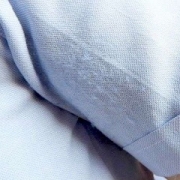
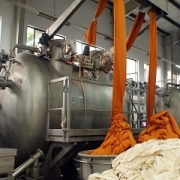
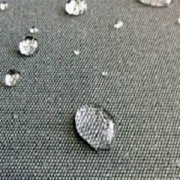

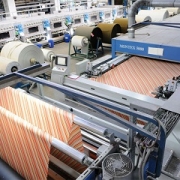
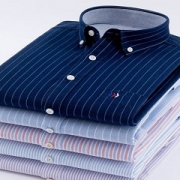
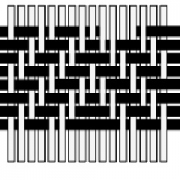
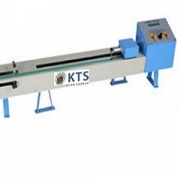



Leave a Reply
Want to join the discussion?Feel free to contribute!